Art and Design
-
Archive
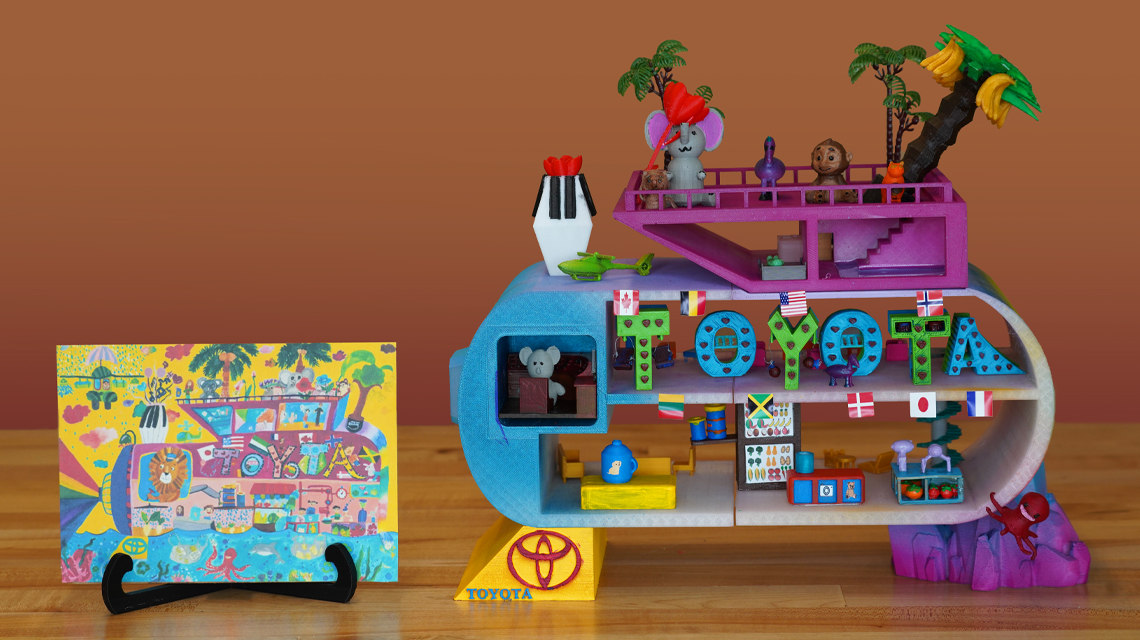
Fab Lab Teams with Toyota to Bring Dream Cars to Life
Students working in the fabrication labs in CSUDH’s Center for Innovation in STEM Education (CISE) got an accelerated course in…
-
Archive
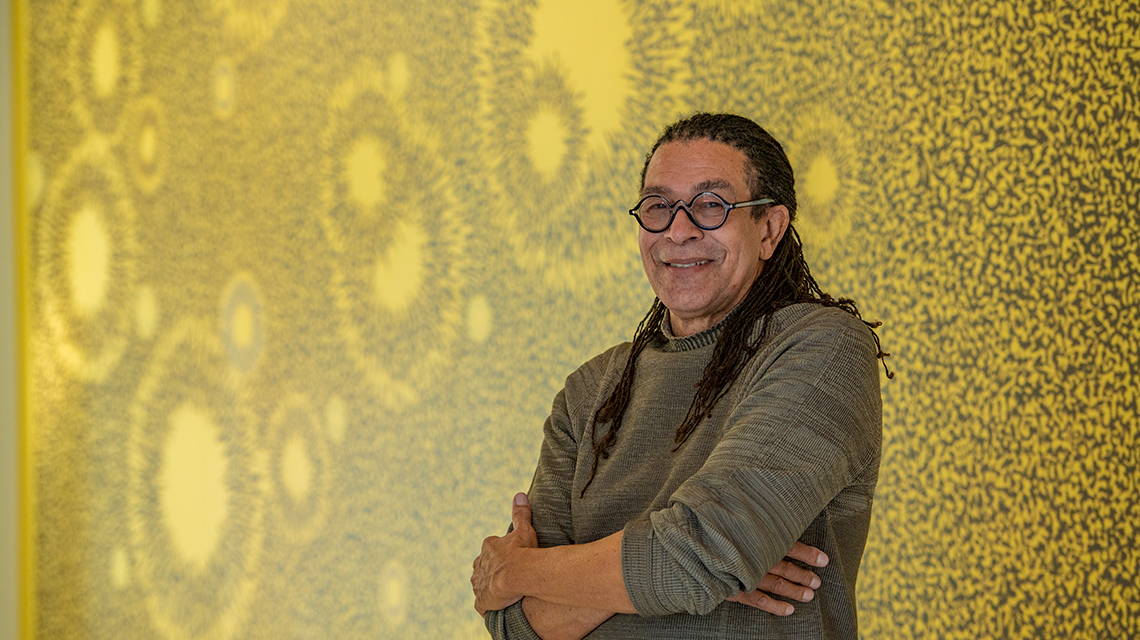
New Murals Adorn Innovation & Instruction Building
The Innovation and Instruction Building is a striking new structure on the CSUDH campus, but the visual appeal isn’t just…
-
Campus News
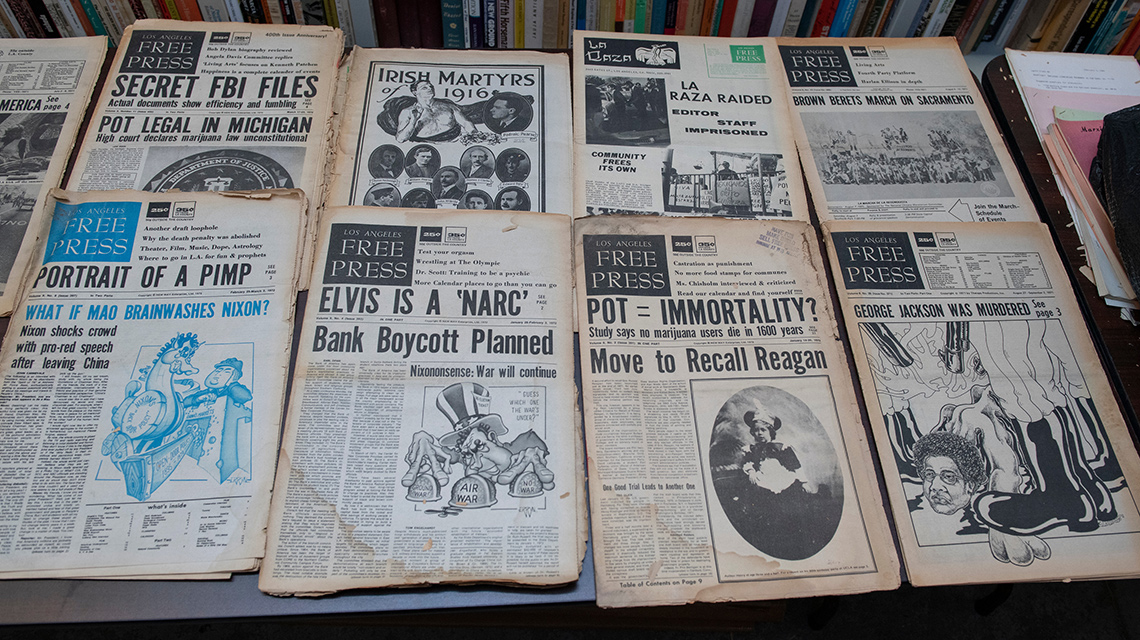
Gerth Archives Obtains L.A. Free Press Collection
The CSUDH Gerth Archives and Special Collections just got a lot “freakier” with the acquisition of the archives of the…
-
Faculty Highlights
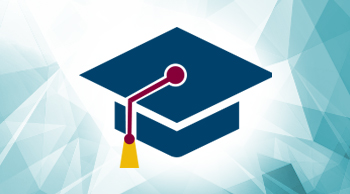
Faculty Highlights: March 2021
Our faculty members participate in conferences around the world, conduct groundbreaking research, and publish books and journal papers that contribute…
-
Archive
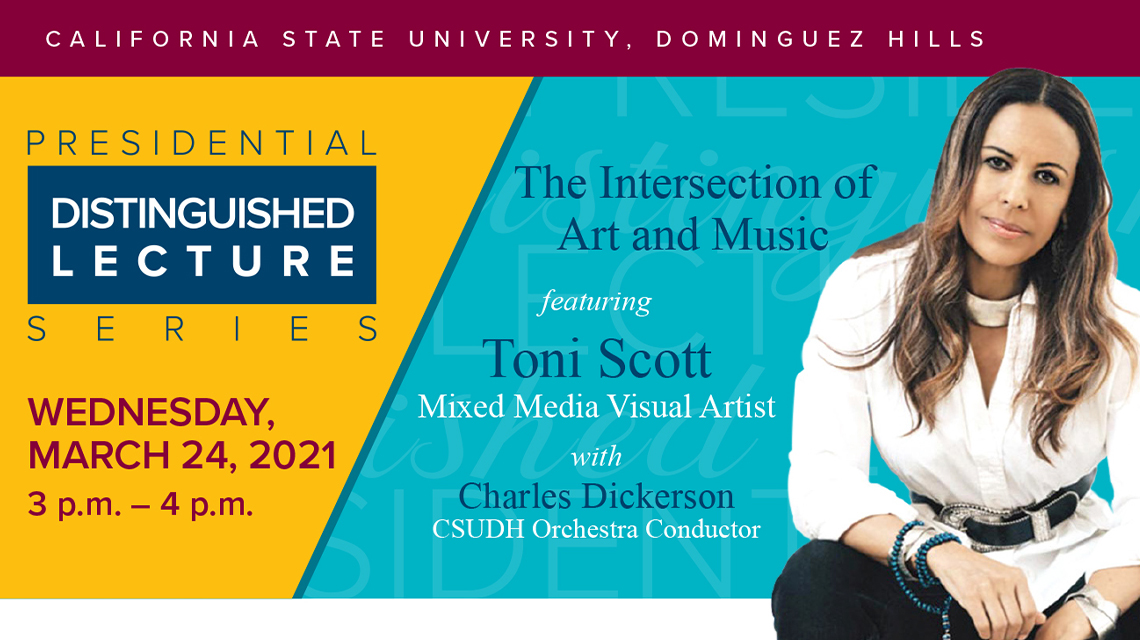
Mixed-Media Visual Artist Toni Scott ‘Live Paints’ to the Music of the CSUDH Orchestra
(Carson, CA.) To examine the symbiotic relationship between visual arts and music, renowned mixed-media artist Toni Scott will complete a…